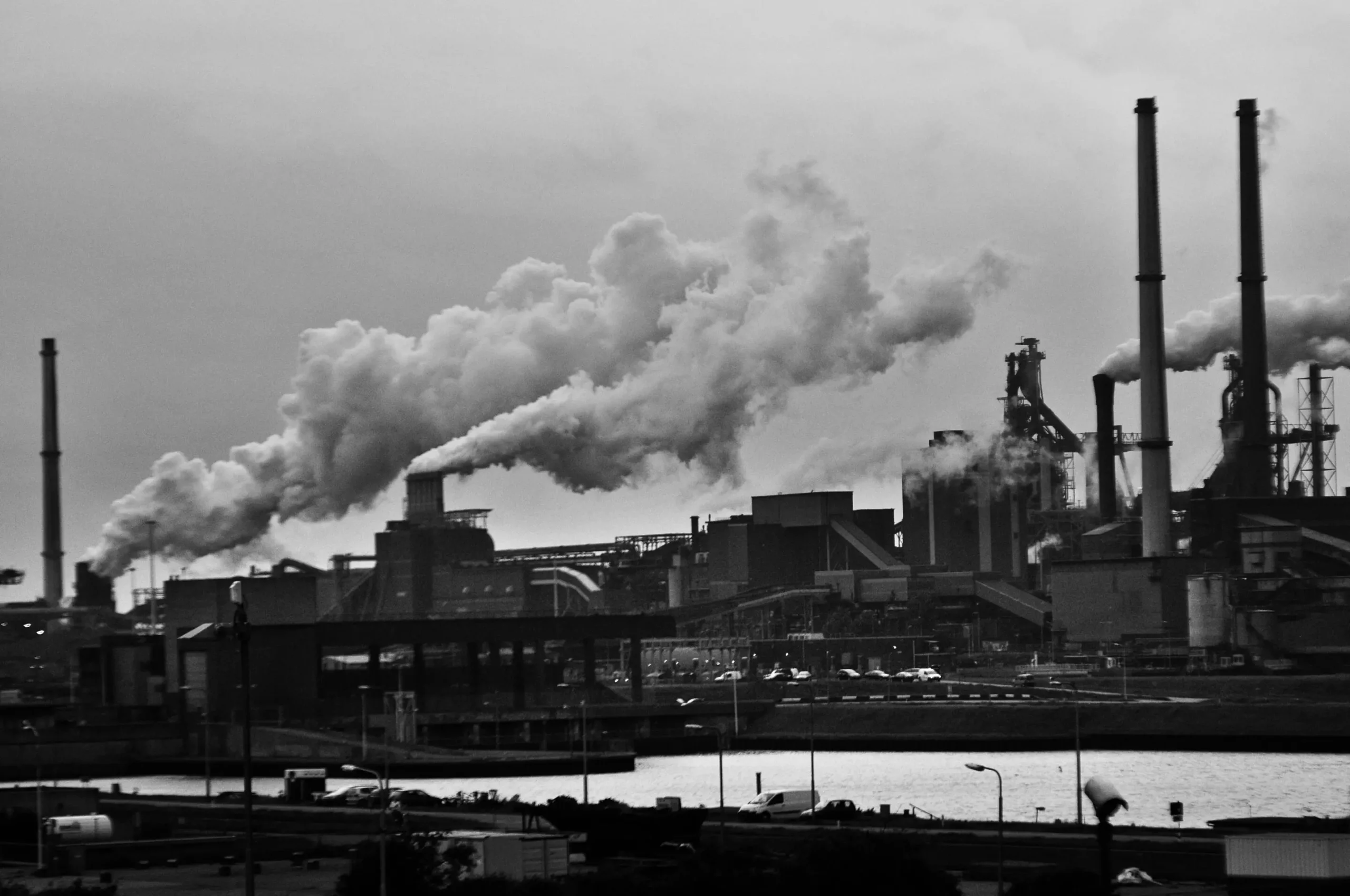The United States is experiencing record-high temperatures, pushing the boundaries of electricity demand as sweltering summer days amplify the need for power. The situations compel grid operators to lean heavily on “peaker” plants—specialized energy generation facilities designed to kick in during those moments of peak usage. This article scrutinizes the increasing reliance on these plants and examines the broader implications for the ongoing shift towards renewable energy.
Peaker plants are designed to respond swiftly to surges in electricity demand. Their ability to start rapidly makes them an essential asset for grid operators. However, this convenience comes at a cost. Peaker units are notoriously less fuel-efficient compared to other fossil fuel-powered plants, resulting in more emissions per unit of electricity produced. Historically, these units have only operated for brief intervals throughout the year—less than 10%—but the current climate crisis is forcing them into service far more frequently.
As it stands, the U.S. is home to approximately 999 peaker plants, predominantly fueled by natural gas. The use of oil and coal to power these facilities is dwindling, but both remains a concern for emissions and overall air quality. Heightened periods of extreme heat are correlated with increased emissions from these plants, drawing attention to the significant health risks posed to nearby communities, particularly those already marginalized due to socio-economic disadvantages.
Electricity generation is shaped by the distinction between dispatchable and nondispatchable resources. Renewable energy sources, such as wind and solar, fall into the latter category. Their production is dictated by environmental factors; therefore, they cannot be summoned on demand. In contrast, fossil fuel and nuclear energy sources are dispatchable, allowing for real-time adjustments in output to meet consumer demand.
While renewable sources represent a growing investment in energy infrastructure, their variability necessitates supplemental resources such as peaker plants to stabilize supply. As a direct consequence, these fossil fuel units find themselves being cycled into action more frequently to counteract diminishing predictability from renewable sources, thereby prolonging reliance on less environmentally friendly energy production.
Despite advancements in clean energy technologies, over 60% of the electricity generated in the U.S. still comes from fossil fuel sources, and peaker plants contribute significantly to this equation. The pollutants released—sulfur dioxide, nitrogen oxides, and particulate matter—are linked to serious health conditions like respiratory illnesses and cardiovascular diseases. This issue is exacerbated for the 32 million Americans living within a three-mile radius of peaker plants, many of whom are marginalized communities already facing environmental injustices.
Reports indicate that these disadvantaged neighborhoods are more likely to host peaker plants, increasing their vulnerability to air quality degradation. The dilemma is stark: a growing commitment to renewable resources must be balanced against the ongoing impact of reliance on peaker plants, which can undermine the health and well-being of local residents.
In the quest for cleaner energy generation, various alternatives to peaker plants are on the horizon. One of the most promising options is battery storage technology. Batteries can store surplus energy generated during peak renewable production and release it during periods of high demand, helping to create a more stable grid and reducing the frequency of peaker plant usage. As battery technology continues to advance and costs decline, this solution may play a key role in energy management.
Additionally, upgrading transmission infrastructure can facilitate energy sharing among regions, allowing access to cleaner and more affordable energy without the need for nearby peaker plants. While significant regulatory and logistical hurdles exist concerning the expansion of transmission lines, these investments are vital for creating a robust energy framework.
Moreover, implementing demand response strategies presents another opportunity for reducing peak load stress. By incentivizing consumers to adjust their energy usage based on real-time demand pricing, the need for peaker plants could diminish.
The future of electricity generation in the United States depends on finding a delicate balance between reliable energy supply and environmental stewardship. While peaker plants have historically served a vital role in the energy landscape, their growing emissions impact raises concerns amidst the urgency for cleaner alternatives.
The transition to renewable energy sources presents both opportunities and challenges. Investing in battery storage, transmission systems, and advanced demand response technologies is critical to minimizing our reliance on peaker plants. Above all, the imperative for equitably addressing the health impacts of energy production on marginalized communities must inform policy decisions across the board. As the nation continues to grapple with climate change, the examination of our energy framework is more crucial than ever.


Leave a Reply